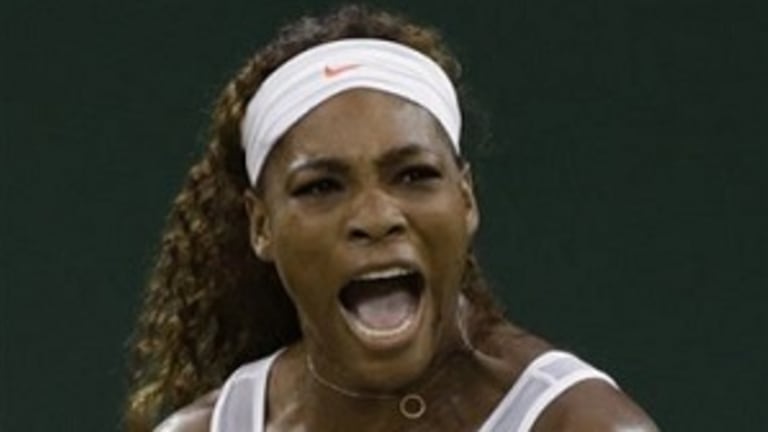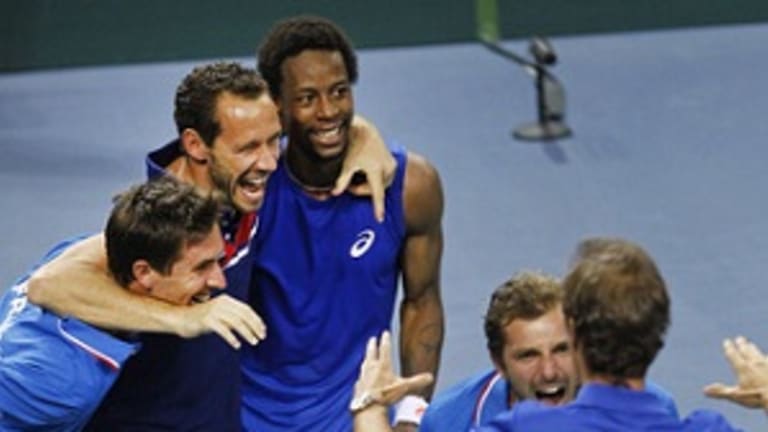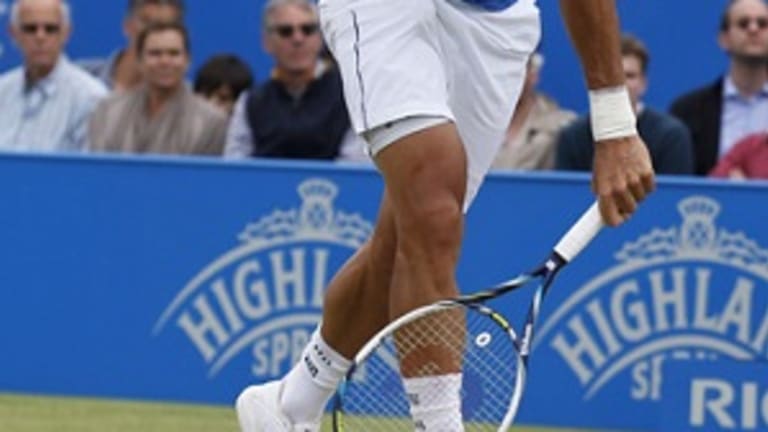WIMBLEDON, ENGLAND—According to at least one sports-history book, tennis and soccer share a link that dates back to medieval Europe. The theory goes that while the rest of the continent kicked and tossed balls around wide-open fields, the monks of France, stuck inside, began to hit balls against walls. That primitive idea became court tennis, which in turn became lawn tennis, which in our day has led to the 150-m.p.h serve, the tweener, and Hawk-Eye.
With those origins, it’s not surprising that soccer become the game of the people, while tennis remains cloistered in its ivory tower. Starting Monday, as they do every four years, the two sports will put their highest-profile events up against each other. For the next fortnight, tennis will stage its unofficial world championship at Wimbledon, while soccer is in the midst of its official one in Brazil.
I pay attention to tennis virtually every day of the year; as a good American, I pay attention to soccer for one month every four years. But I do tune into each World Cup game, and it seems that more of my countrymen are doing the same this time around. When it comes to fan dedication—or should I say fan hysteria?—even our own version of football can’t compare. Here are some thoughts I’ve had over the last two weeks about what tennis as a spectator sport can learn from its more popular brother.


